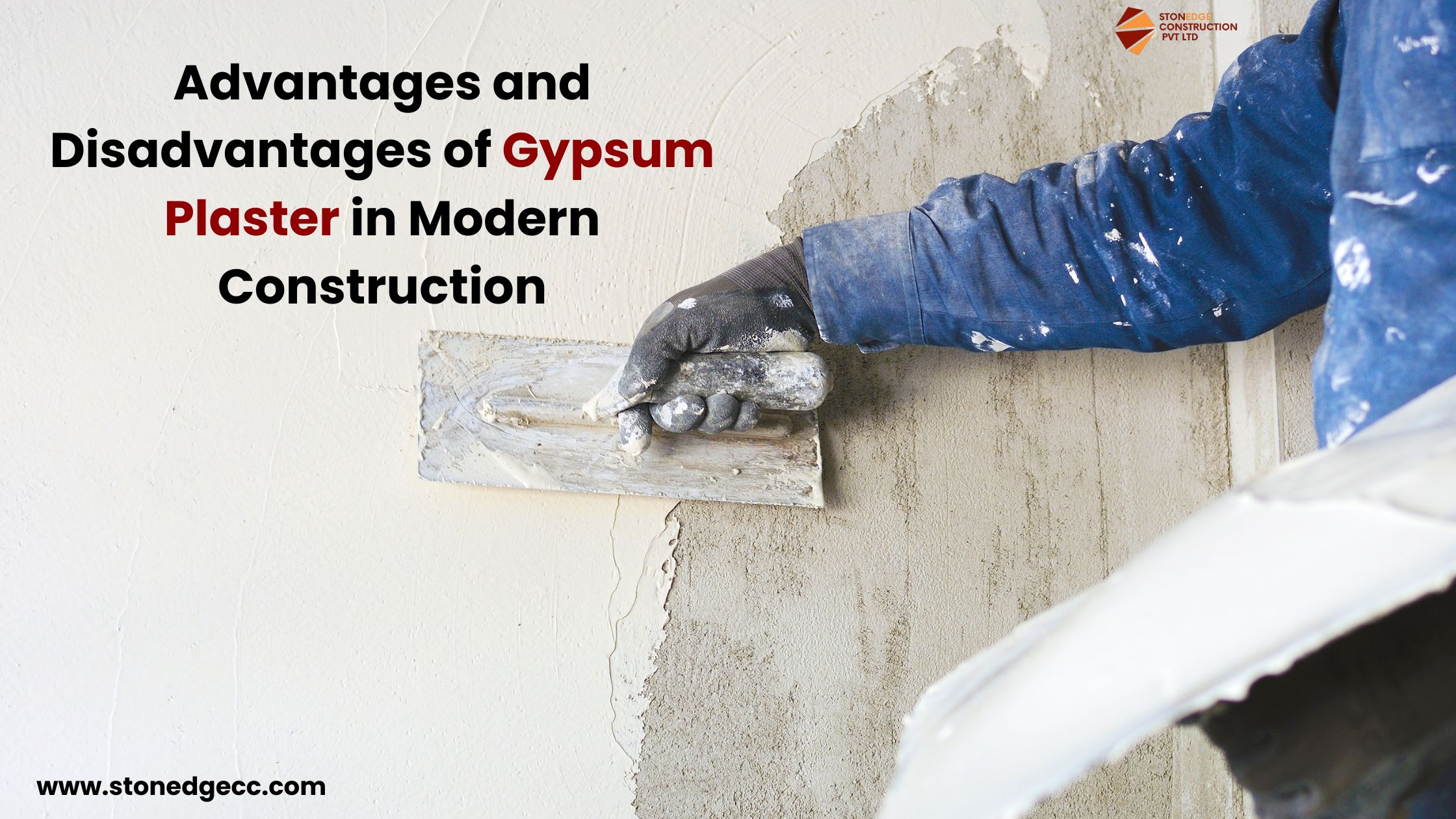Advantages and Disadvantages of Gypsum Plaster in Modern Construction
gypsum plaster advantages|| gypsum plaster disadvantages|| modern construction materials, gypsum plaster vs cement plaster|| benefits of gypsum plaster||
Stonedge Construction Assam || interior wall finishing || eco-friendly building materials || Gypsum Plaster : Advantages and Disadvantages
Advantages and Disadvantages of Gypsum Plasters || What are gypsum plaster’s advantages and disadvantages? || Gypsum Plaster vs. Traditional Plaster
.
.
Gypsum plaster has become a well-known product today. From homeowners to builders, gypsum plaster has gained recognition in India because of its fantastic features that make it a good investment. Gypsum plaster is a modern building material that is gaining increasing popularity as an interior finish. It is considered for its smooth finish, quick application, environmentally friendly nature. With the passage of time, it has been realized that traditional plaster has many disadvantages against which the best gypsum plaster can be used. But, that doesn’t mean gypsum is benign. It also has a few disadvantages, it works deeply to understand the pros and cons to a greater extent.
In this blog we will discuss what is gypsum plaster, what are the advantages of using gypsum plaster, disadvantages of using gypsum plaster, etc.
.
.
What is gypsum plaster?
Gypsum plaster, also known as Plaster of Paris (POP), is a white cementitious material made from calcium sulfate dihydrate, which is used to create a smooth, durable, and fire-resistant finish on interior walls and ceilings. Mixed with water to form a paste, it sets and hardens over time, offering benefits like quick setting, lightweight application, no water curing, and a smooth surface ideal for painting .Gypsum is a natural mineral and POP is manufactured from Gypsum. POP mixed with water and used for plastering walls is called gypsum plaster.
Advantages of gypsum plaster
No curing time required
Unlike Traditional Cement Plaster, Gypsum plaster doesn’t need any curing saving water and time during construction
Less setting time
During the process of making gypsum plaster, it is heated up, evaporating all the water. Due to this chemical process, gypsum plaster is likely to dry quickly once applied. It has a very quick setting time as compared to traditional plaster. It dries up within 3 days, quicker than cement plaster, which takes 21 days. This feature allows the painter to paint as soon as plaster is done, saving construction time.
Curing and water wastage
Mixing of gypsum requires minimal water wherein cement plaster requires more water for the mixing and curing process. Cement plaster requires mandatory water curing to avoid shrinkage cracks and requires a large amount of water and wastage of water. Cement plastering and curing is very difficult in areas where there is a scarcity of water.
Lightweight construction material
Gypsum has a low density and higher compressive strength. This lowers 35% of plastering weight and thus increases the strength of high-rise buildings.
Reduced Supervision
Careful quality checking is required for cement plaster as cement and sand has to be properly proportioned. In contrast, gypsum plaster doesn’t require same amount of quality checks for application thus reducing supervision efforts.
Thermal conductivity
Gypsum plastered rooms are comparatively cooler than cement plastered walls due to high thermal conductivity. This can reduce Air condition loads and reduce energy bills.
.
.
Disadvantages of gypsum plaster
It doesn’t perform well against water
We cannot use gypsum plaster for outer walls. These retain dampness and are not the most suitable for areas with walls that come in regular contact with water, such as bathrooms and toilets. Even though there are modified water-resistant, they do not perform as well as cement plaster.
Limited Strength
Gypsum plaster has lower compressive strength compared to cement plaster, making it less suitable for high-traffic areas or load-bearing walls.
Storage and Shelf Life Concerns
Gypsum plaster lasts about 3-4 months after it’s made. Storing it right can make it last up to 6 months. But, it’s still shorter-lived than many other building materials. This means it might get wasted if not used quickly.
Ideal only for interior use
Gypsum plaster can’t be used for exterior purposes because when it comes in contact with water, its durability is affected. Therefore, it is not ideal for exterior use because of moisture and water in the air. Since it’s not waterproof, there are chances that the exterior wall may get damaged and might affect the interior wall too. Hence, gypsum plaster has very limited exterior use.
Gypsum plaster is a wonderful alternative that is ideal for interior use or building decorative products. There are numerous gypsum manufacturers and suppliers dealing with imported gypsum plaster and many other varieties. Each of these has different qualities. Before buying gypsum plaster, pay attention to its application, cost advantages and disadvantages , as it affects the quality of the gypsum.
.
.
.
.
Stonedge Construction Pvt. Ltd. brings trusted expertise in civil works, interiors, electricals, flooring, and more — all across Assam. Whether it’s your dream home or a commercial space, we’re here to make it happen with quality, care, and professionalism.
👉 Click here to Contact Us

